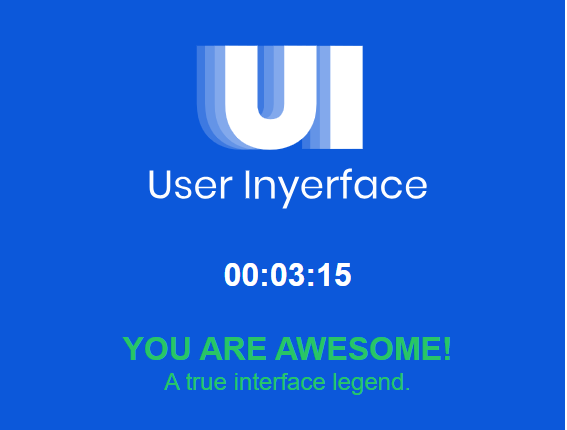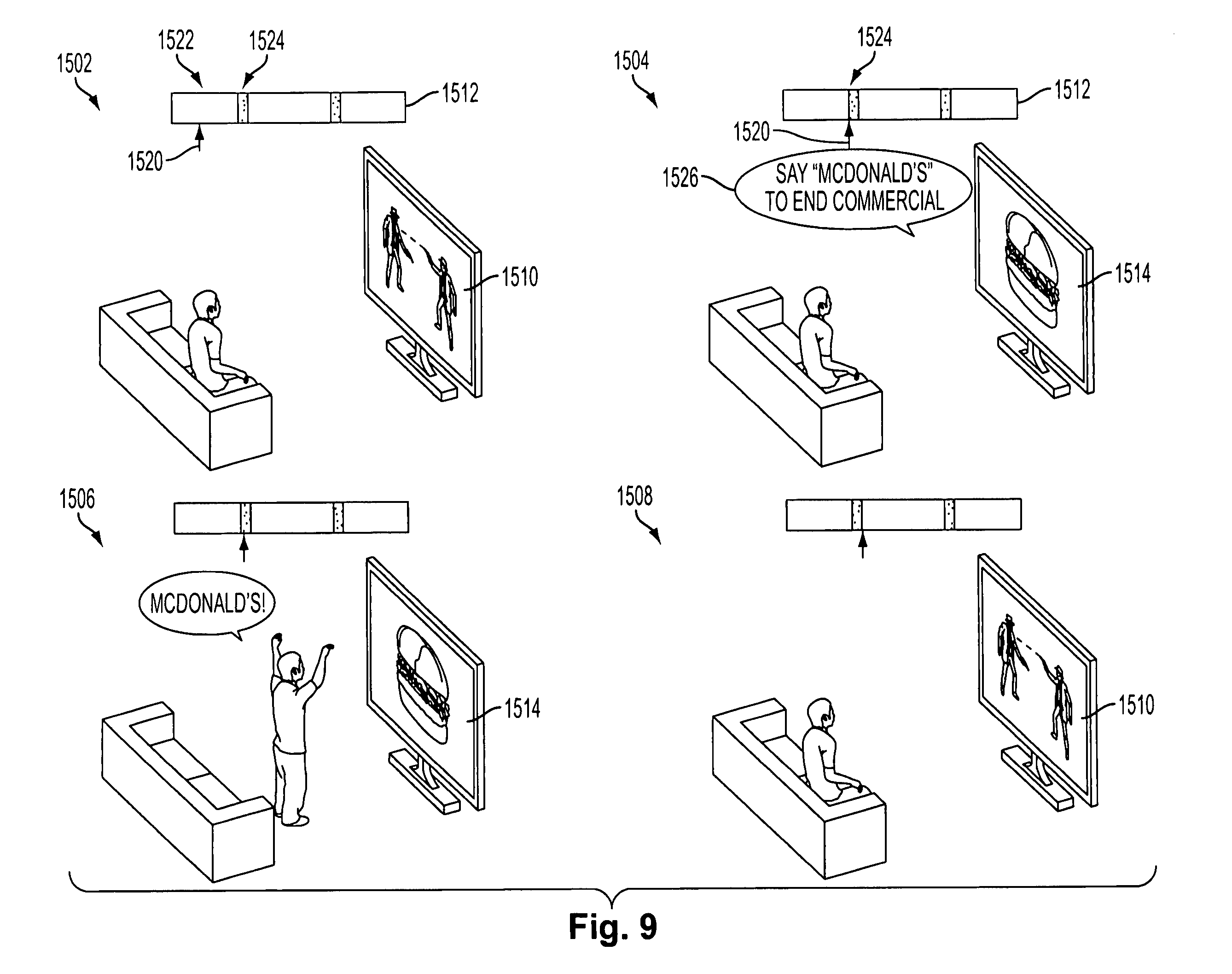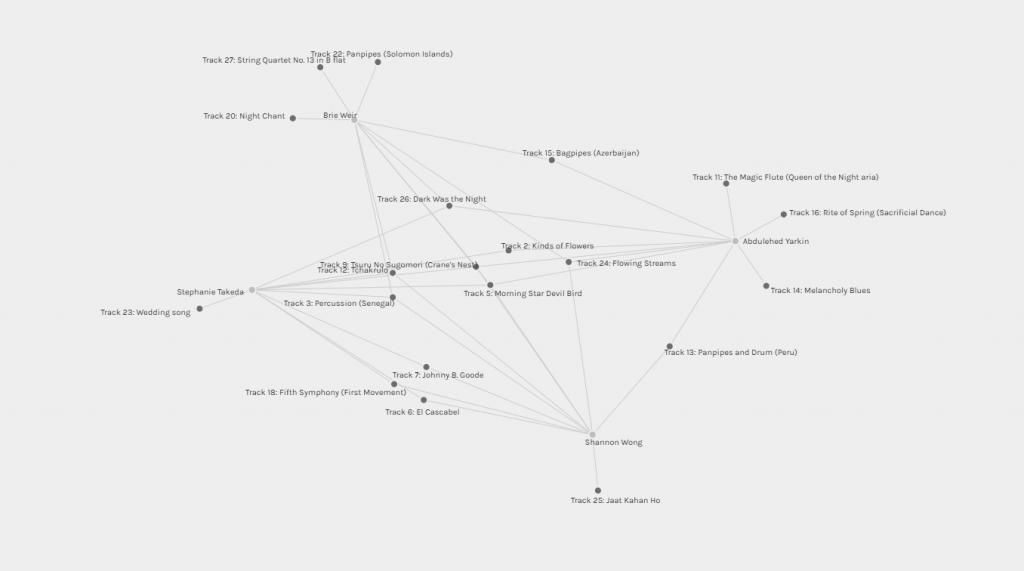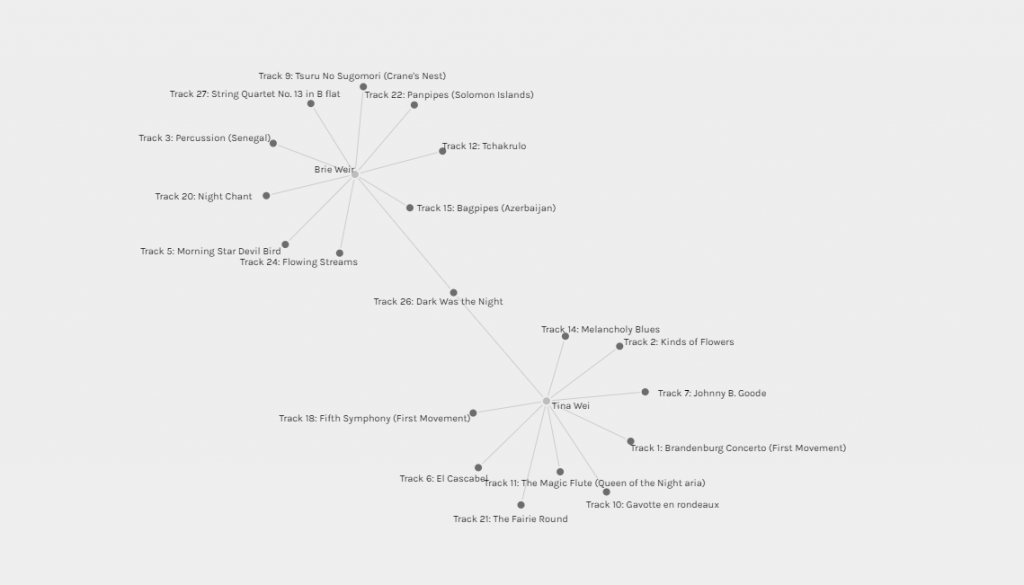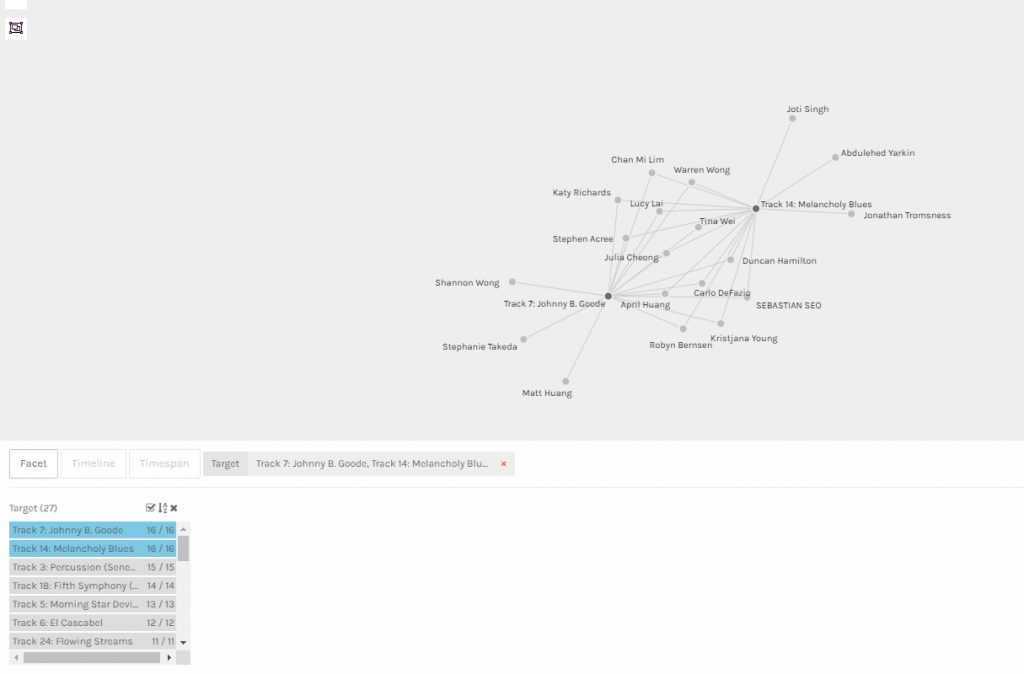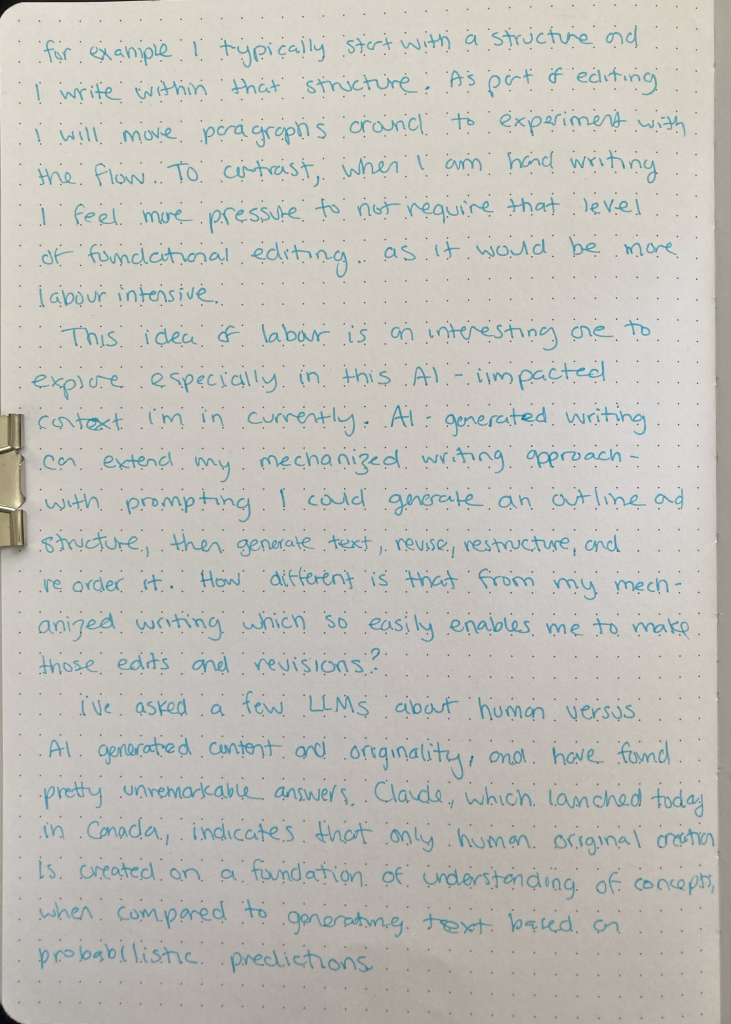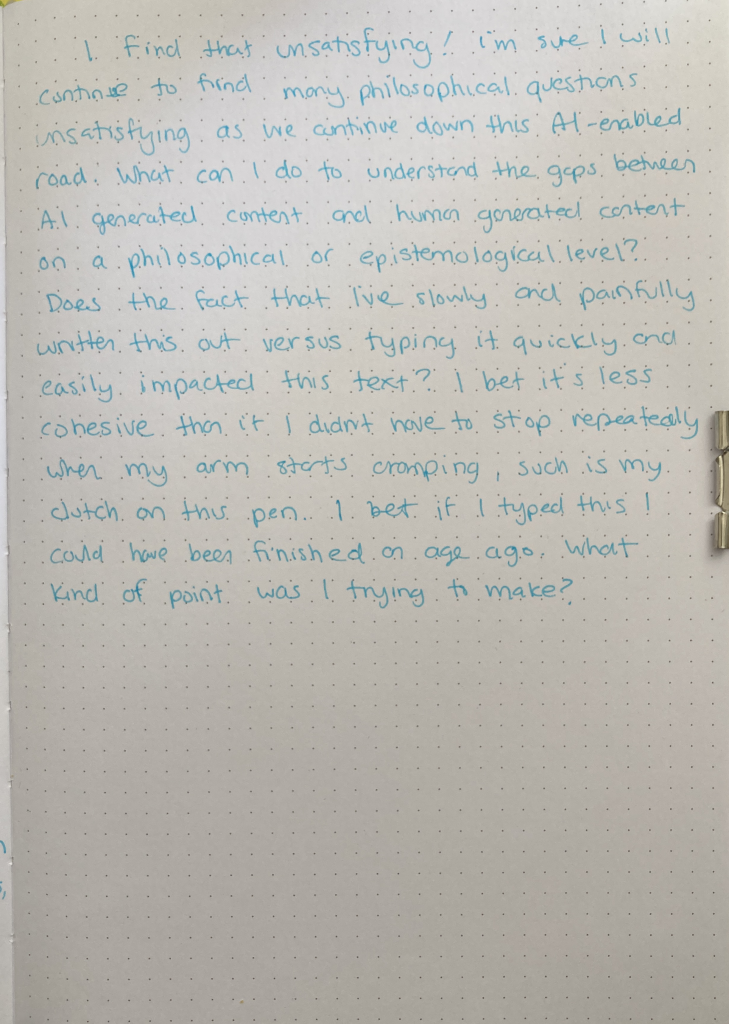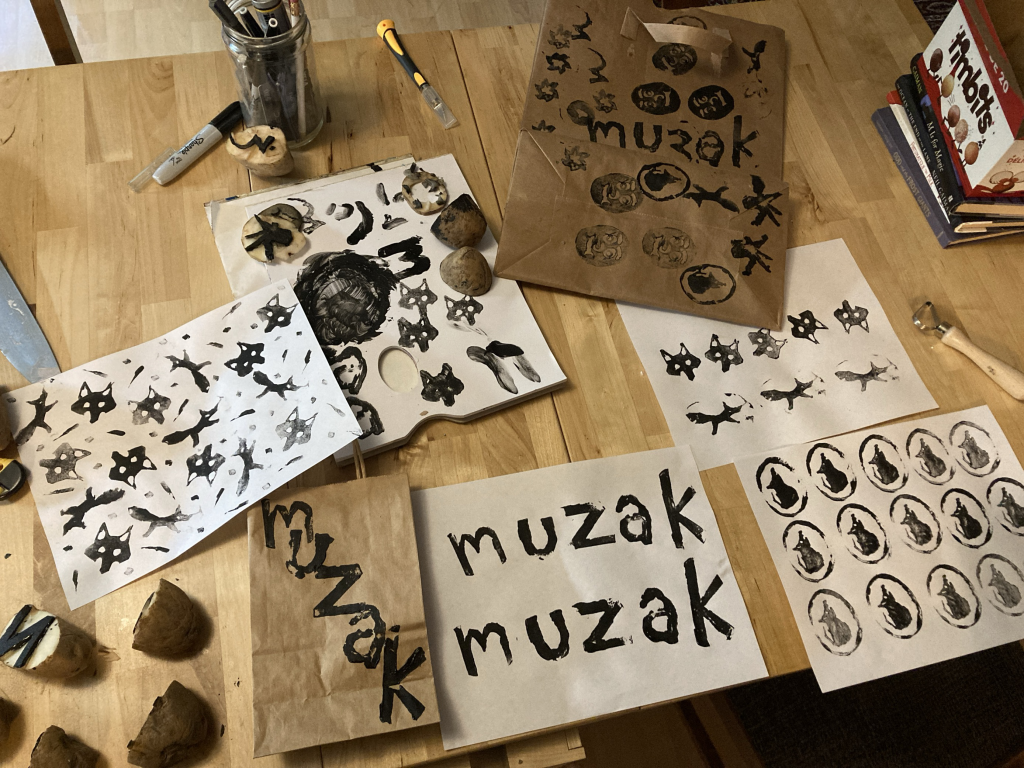Prompt
Describe or narrate a scenario about a beverage found a decade into a future in which a profound historical evolution has occurred. Your description should address issues related to artificial intelligence and elicit feelings of hope.
I set a timer for 4 minutes initially, then did another 4 minutes for my initial writing just because I was enjoying myself. From there I generated some add-ons using Suno.AI, Adobe Firefly, and Microsoft Copilot and then reflected on the process.
Response
This beverage is completely personalized, as your self-hosted AI assistant has access to exhaustive data about your preferences, needs, and sodium levels. It’s different depending on your context and comes from a self-managing reusable container that you carry with you. After the proliferation of AI assistants, open source alternatives have saturated the market meaning you can self-host and manage your own AI assistant, comfortable that your data isn’t being sold to a third party, and that your assistant prioritizes you and your needs above the needs of advertisers.
The beverage is made from raw materials that are shipped to individual households. These raw materials are used by the AutoChef to either create meals or your own ingredients if you prefer to make your own food. Just like AI assistants, AutoChef used to be a brand but has since genericized to be a catch-all label for the hacked together and self-hosted variety of AI enabled material processing systems that exist on an individual household or small community level.
While there was efficiency gains to be had by the centralized cloud hosting model of the internet in the early 2020s, it was determined that the rebound effect meant that companies were gobbling up any efficiency gains in an attempt to analyze more and more data to better understand their audiences. Consumers rejected that model after waves of cloud hosted service outages and have returned to a more fractured self-hosting model for many day-to-day services. It’s less efficient but the overall use of compute has dropped globally due to the many overall lifestyle changes that came about because of the disappearance of artificially cheapened cloud computing.
This overall trade off – less efficiency in exchange for less overall compute has been reflected by all facets of society – humanity does less, works less, and consumes less.
AI Brew Artifacts

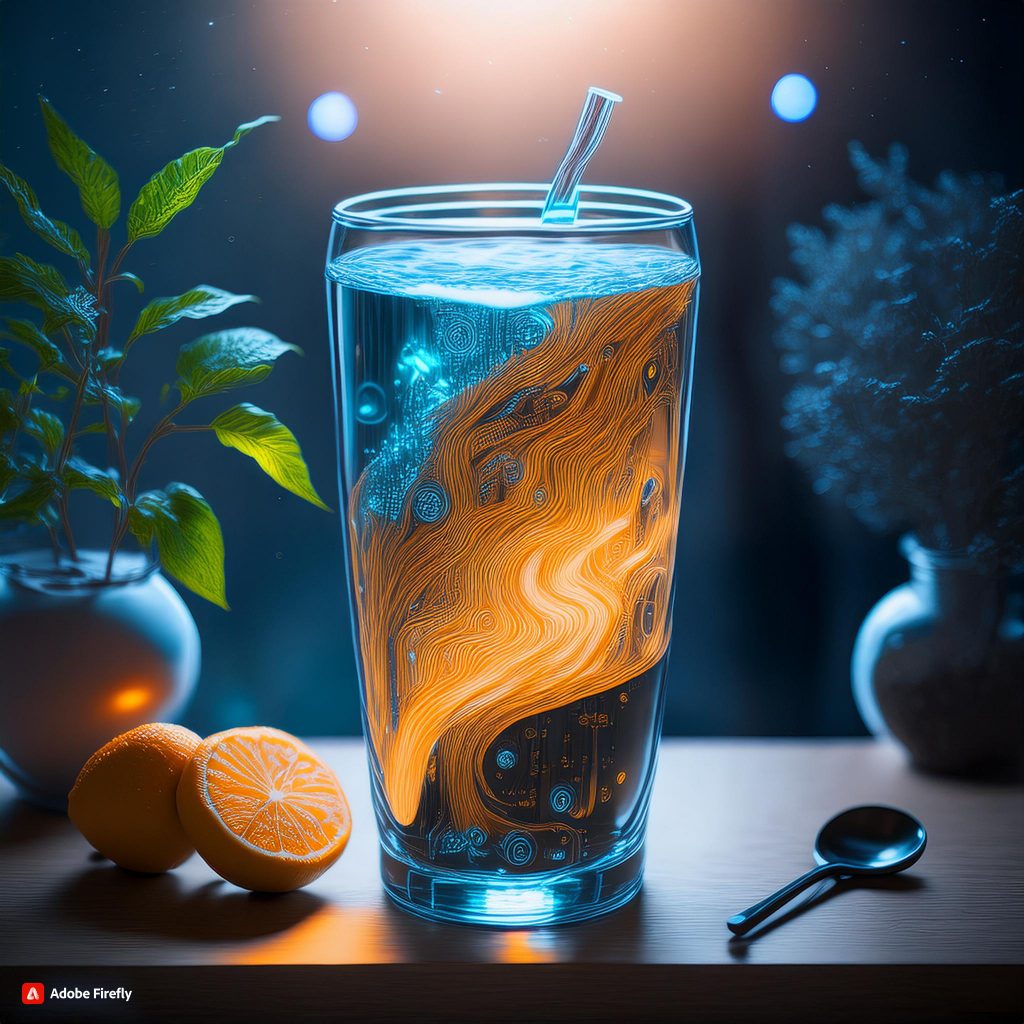

Reflection
I was inspired mostly by Smyth et al. (2021) and their description of future past speculations – specifically Futurama. Visions of the future designed specifically around products and not people make my head spin. Harari (2017) speaks of possibilities enabled by the AI revolution. I’m tired of reading how the AI revolution will enable humanity to focus on more creative forms of work – did that happen with the spinning jenny? Did we find ourselves luxuriating in the countryside, reclining in creative idleness? The universal basic income (UBI) project in Ontario that Harari references has already been spun down (Ontario, 2018) even though respondents “consistently reported improvements in their health, housing situation, financial status, family relations, and labour market experiences” (Ferdosi et al., 2020, p.6). 95.5% of respondents reported the cancellation of this pilot forced them to abandon or place on hold their life plans (Ferdosi et al., 2020, p.60). Federosi et al.’s (2020) reporting is limited because the team that was created to evaluate the impact of the UBI pilot was disbanded at the same time the pilot was prematurely ended.
I am exhausted of futures envisioned around the structure of consumption, and growth. The most hopeful message that I can think of now is a world of less.
References
Harari, Y. N. (2017). Reboot for the AI revolution. Nature (London), 550(7676), 324-327. https://doi.org/10.1038/550324a
Ferdosi, M., McDowell, T., Lewchuk, W., & Ross, S. (2020). Southern Ontario’s basic income experience. McMaster University. https://labourstudies.socsci.mcmaster.ca/documents/southern-ontarios-basic-income-experience.pdf
Ontario. (August 31, 2018). Ontario’s government for the people announces compassionate wind down of basic income research project. Ontario Newsroom. https://news.ontario.ca/en/release/49980/ontarios-government-for-the-people-announces-compassionate-wind-down-of-basic-income-research-project
Smyth, M., Auger, J., & Helgason, I. (2021). Echoes of futures past – Speculations and fictions from history. In I. Mitroic, J. Auger, J. Hanna, I. Helgason (Eds.), Beyond speculative design: Past present future (pp.24- 67). SpeculativeEdu; Arts Academy, University of Split.
